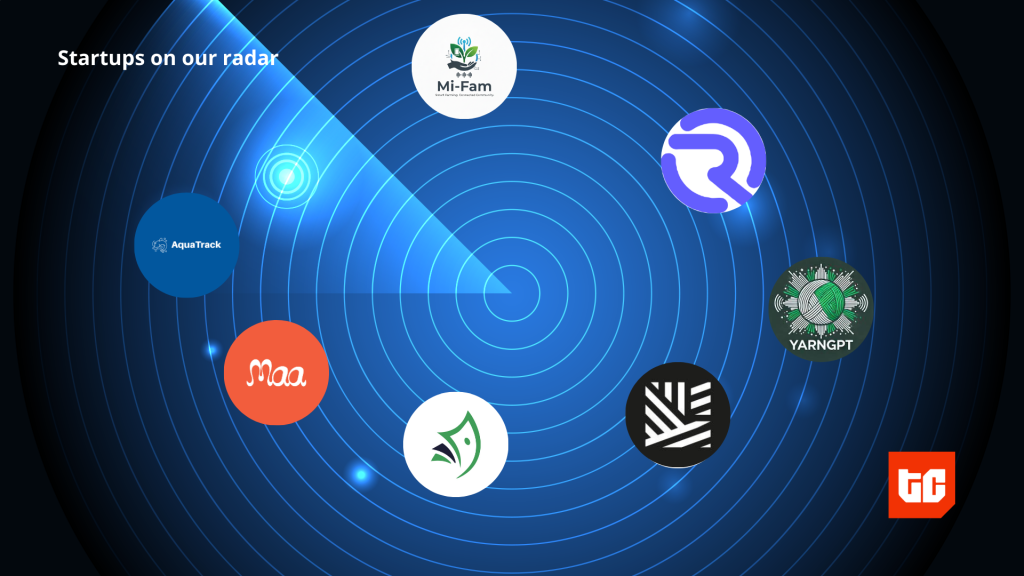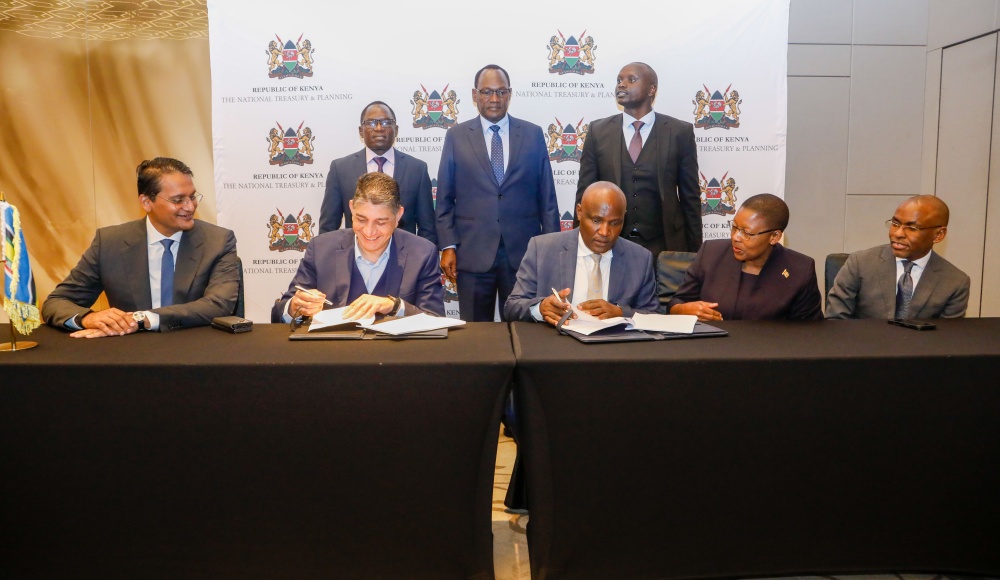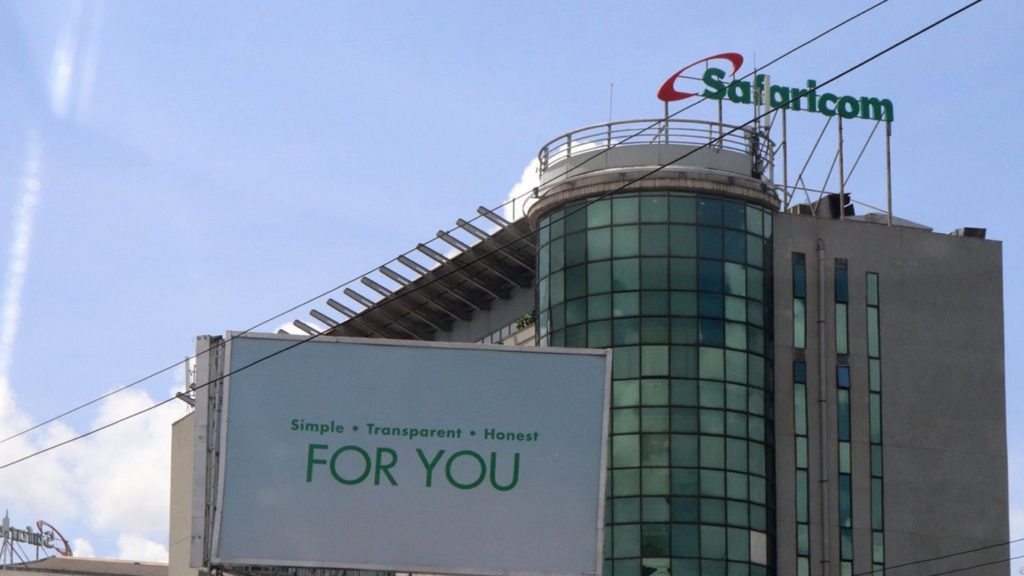This article was contributed to TechCabal by Bonface Orucho via bird story agency.
European aircraft manufacturer Airbus, through its high-altitude satellite building subsidiary, AALTO HAPS Ltd., plans to set up its first communication hub for its high-altitude drones (Zephyr) in Kenya’s Laikipia County.
A news report by Bloomberg indicates it will roll out operations in the country “at the beginning of next year and begin serving customers in the third quarter.”
Tom Guilfoy, vice president for AALTO PORT operations, explains therein that Kenya is being considered for the port because of “the weather, the wide open spaces, the uncongested airspace, the stable government, the economic environment, and the well-educated, young, tech-savvy population.”
Besides the promise of creating close to 1,000 job opportunities, the hub will also encourage local internet adoption. This high-speed internet technology could revolutionise accessibility and internet speeds as conventionally known.
Notably, Airbus will work with telecommunications service providers in the country to facilitate accessibility rather than directly selling to customers. Also, the Bloomberg report explains that the officials have already met with Safaricom Plc and Telkom Kenya Ltd. and that it targets being an internet provider for 3% of the country, especially those in remote areas.
Airbus is, however, awaiting approvals from the country’s aviation, meteorological, and communications authorities before full rollout and subsequent commissioning. Earlier communication from Airbus on its website shows it will formally roll out commercial operations for the drones in 2024.
Zephyr is a fixed-wing High Altitude Platform Station (HAPS) UAV boasting a stratospheric range of about 20 kilometres above Earth, making it the lowest Earth-orbit satellite network, considering existing offerings such as Elon Musk’s SpaceX, which operates some 550 kilometres above the Earth.
Details on AALTO’s website explain the technology’s extensive game-changing high speeds and connectivity ranges, such as the “coverage of 7,500 square kilometres, which is the equivalent of up to 250 towers on the ground.”
The Zephyr drones can spend as many as 200 days in flight and up to 64 days and nights in the Stratosphere. With these unique capabilities, they could replace mobile phone towers.
The developers also explain on the website that HAPS will operate on a direct-to-device (D2D) model boasting a latency of less than ten milliseconds and 5G non-terrestrial internet connectivity, making it an ideal option in Africa. AALTO HAPS plans to build between 50 and 75 of these drones annually.
World Bank data shows more than 50% of people in Africa had no broadband internet access in 2022.
Airbus joins a growing list of global internet tech companies setting their sights on the Stratosphere to revolutionize high-speed internet uptake. The race to provide fast and reliable internet services to remote areas has intensified in Africa.
The announcement of Amazon’s Project Kuiper, the rollout of Starlink’s satellite internet offering in Africa, and Safaricom’s agreement with AST SpaceMobile, which offers space-based internet connections on regular mobile devices, are some of the latest developments signalling a surge in activity in this emerging technology.
Amazon is partnering with Vodafone to extend Project Kuiper’s broadband to global communities with limited access and is considering additional services for businesses, including backup connectivity and support for isolated infrastructure.
In October, Rwanda’s government teamed up with Japanese investor SoftBank Corp. for a test transmission of a video stream to Japan over HAPS 5G using an unmanned aerial vehicle positioned in the Stratosphere.
The successful test involved delivering 5G connectivity on a solar-powered HAPS UAV prototype situated in the Stratosphere at a maximum altitude of 16.9 km for approximately 73 minutes.
Also, SpaceX’s Starlink continues to ramp up reach and distribution in Africa, with the latest additions being in Benin, increasing its offering to seven countries on the continent. It recently partnered with online retailer Jumia to drive its satellite internet offering across the continent, starting with Kenya and Nigeria.
Even in critical markets, such as South Africa, where market access for major companies such as Starlink is limited due to legal hurdles, emerging players promise to leverage high-altitude technology to offer high-speed internet from space.
According to My Broadband, OneWeb, a French satellite operator and Eutelsat subsidiary, “is set to introduce its low-earth orbit (LEO) broadband service in South Africa, its first market on the continent.”
All these developments could fast-track the uptake of mobile internet and increase internet speeds in Africa. Already, existing data shows Africans are hungry for higher mobile internet speeds.
The GSMA’s State of Mobile Internet Connectivity 2023 report shows that more than half of global 4G network expansions last year occurred in Africa, increasing from 58% in 2021 to 65% (excluding North Africa).















